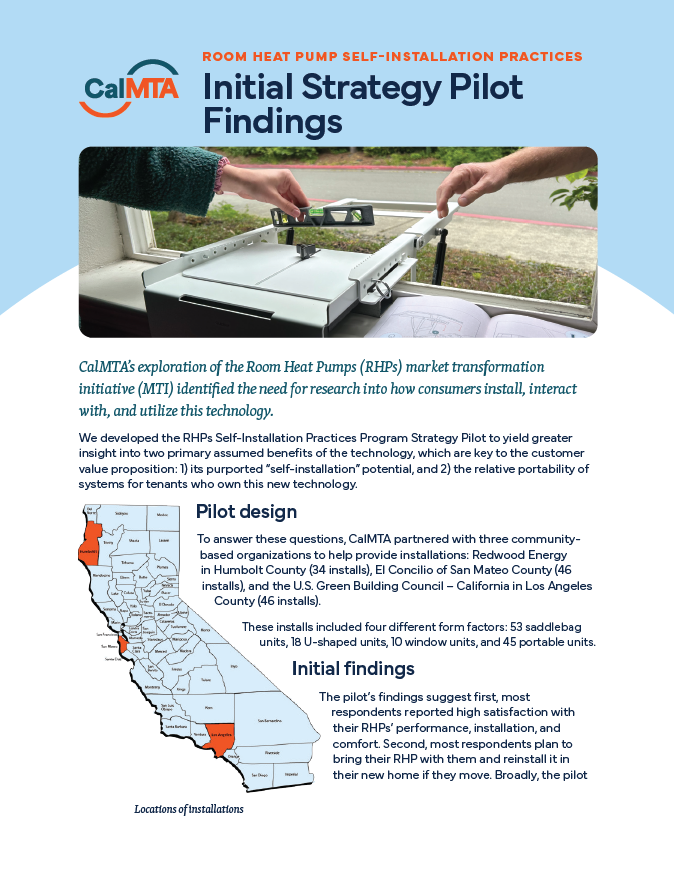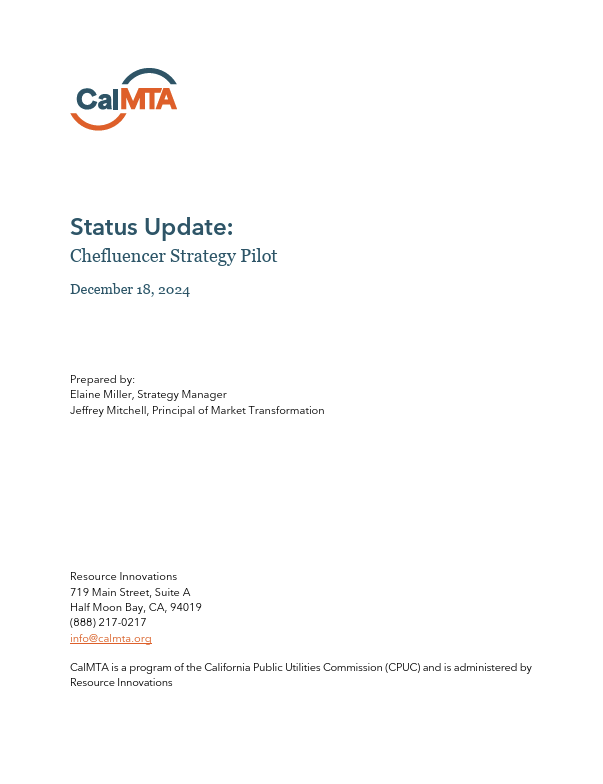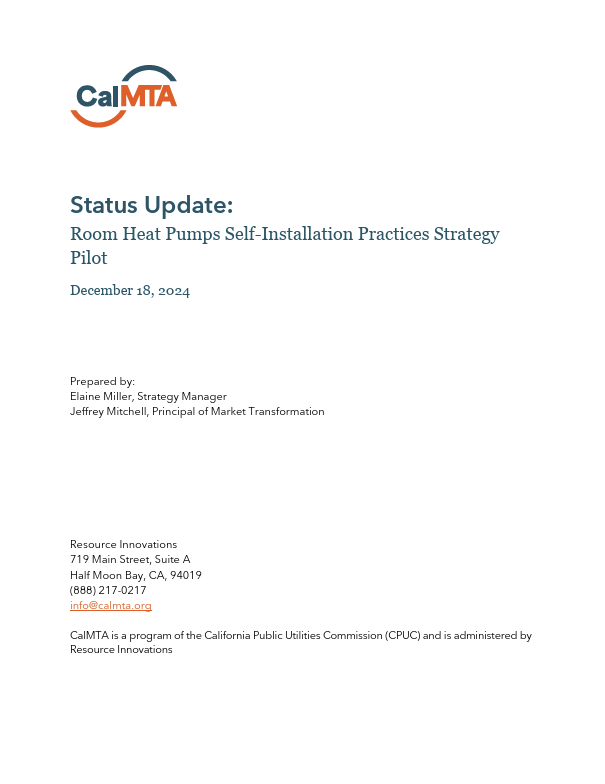The equity focus adopted in recent years by energy efficiency resource acquisition programs across the country has been slower to manifest as a significant component of market transformation initiatives. Market transformation interventions typically focus on influencing supply chain entities that offer market leverage (e.g., manufacturers, distributors, contractors, retailers) rather than end-use customers, making potential impacts on environmental and social justice (ESJ) communities less readily apparent. Assumptions that ESJ community members are unlikely to be early adopters of high-efficiency products and practices can also limit the equity considerations applied to market transformation efforts.
Recent work to develop California’s first market transformation portfolio seeks to address this challenge by embedding an equity lens into program design from the start. This paper details activities used to create a more integrated approach to market transformation that maximizes benefits to communities that have historically faced a disproportionate energy burden and limited energy efficiency investment, including:
- Developing data-driven tools to define and characterize ESJ communities, highlight areas for focused investments, and track benefits delivered to these target areas
- Using findings from listening sessions with community-based organizations and equity stakeholders that highlight persistent market barriers and opportunities within ESJ communities
- Designing program strategies that factor in equity considerations at each stage of development, from initial research plans to full-scale implementation strategy. Examples from active energy efficiency market transformation efforts supplement this discussion of program design approaches, providing a comprehensive understanding of how market transformation organizations can – and should – elevate equity.










